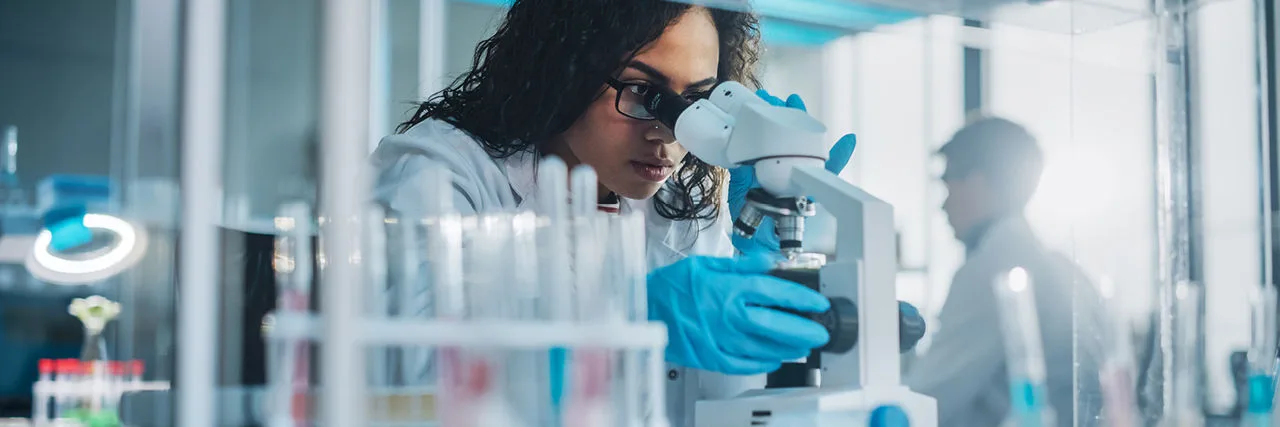Extending the Viability of Pancreatic Samples for Diabetes Research
When conducting research, scientists often try to use living samples so they can better see how various functions play out or how treatments impact cells. However, it can be difficult to keep organ and tissue samples alive for multiple days and reduce deterioration. This can limit research opportunities and real-time results.
In a recent study, researchers reveal that they have found a way to prolong the life of pancreatic samples from donors allowing them to more effectively observe how beta cells regenerate in real-time. By using a special device that increases oxygenation to the tissue slice, they were able to keep the pancreatic sample alive for nearly two weeks in culture.
With this extended viability, they were able to more closely see not only how beta cells regenerated, but also how they responded when treated with BMP-7, a natural growth factor that may help stimulate the production of insulin-producing beta cells. This could eventually impact scientists’ understanding of type 1 diabetes and options for treating or managing the disease.
Though not involved with this study, the Diabetes Research Connection (DRC) is also committed to enhancing research around type 1 diabetes, including improving prevention and treatment, minimizing complications, and one day finding a cure. The organization is excited to see how the extended preservation of tissue samples may advance research capabilities. To learn more about how the DRC supports early-career scientists and to review current projects, visit http://localhost/drc.




